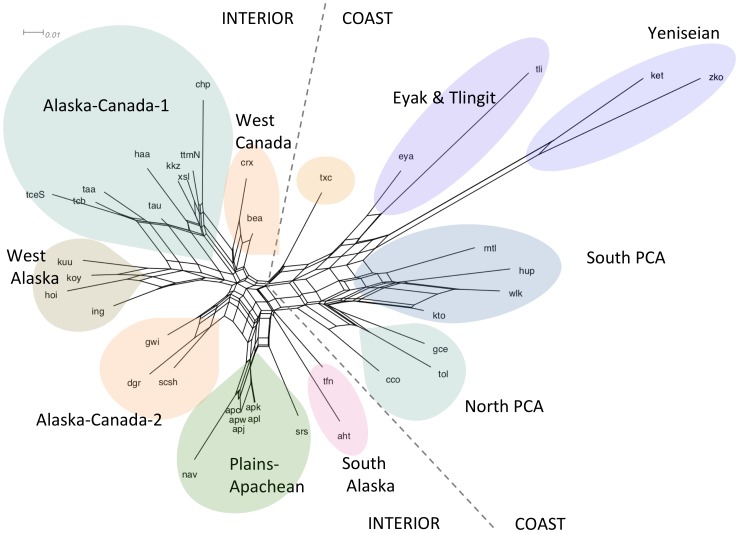Figure 1. NeighborNet Splits Graph for Dene-Yeniseian Typological Features.
The splits graph shows several clear clusters with rectilinear webbing within clusters showing regions of conflicting signals for specific taxa. Primary divisions in the splits graph are indicated with dashed lines separating primarily coastally distributed languages on the right with interior languages on the left. Colored shading highlights clusters. Within the coastal region of the network there are groupings for Pacific Coast Athabascan (PCA), Tlingit and Eyak, with Tlingit’s branch length long relative to Eyak. The Yeniseian languages Ket and Kott group tightly with each other on the right side of the network and show a long branch length indicating a high degree of differences from the others. In Interior we see several clusters: Plains-Apachean, including Sarsi (Tsuut’ina) in Canada; two groupings labeled Alaska-Canada-1 and Alaska-Canada-2 plus the smaller West Alaska and South Alaska groups. The clusters generally agree with established divisions between Na-Dene subfamilies and the rectilinear webbing is suggestive of the long history of language contact within Na-Dene. The average delta score is 0.367 and the average Q-residual score is 0.0492.

